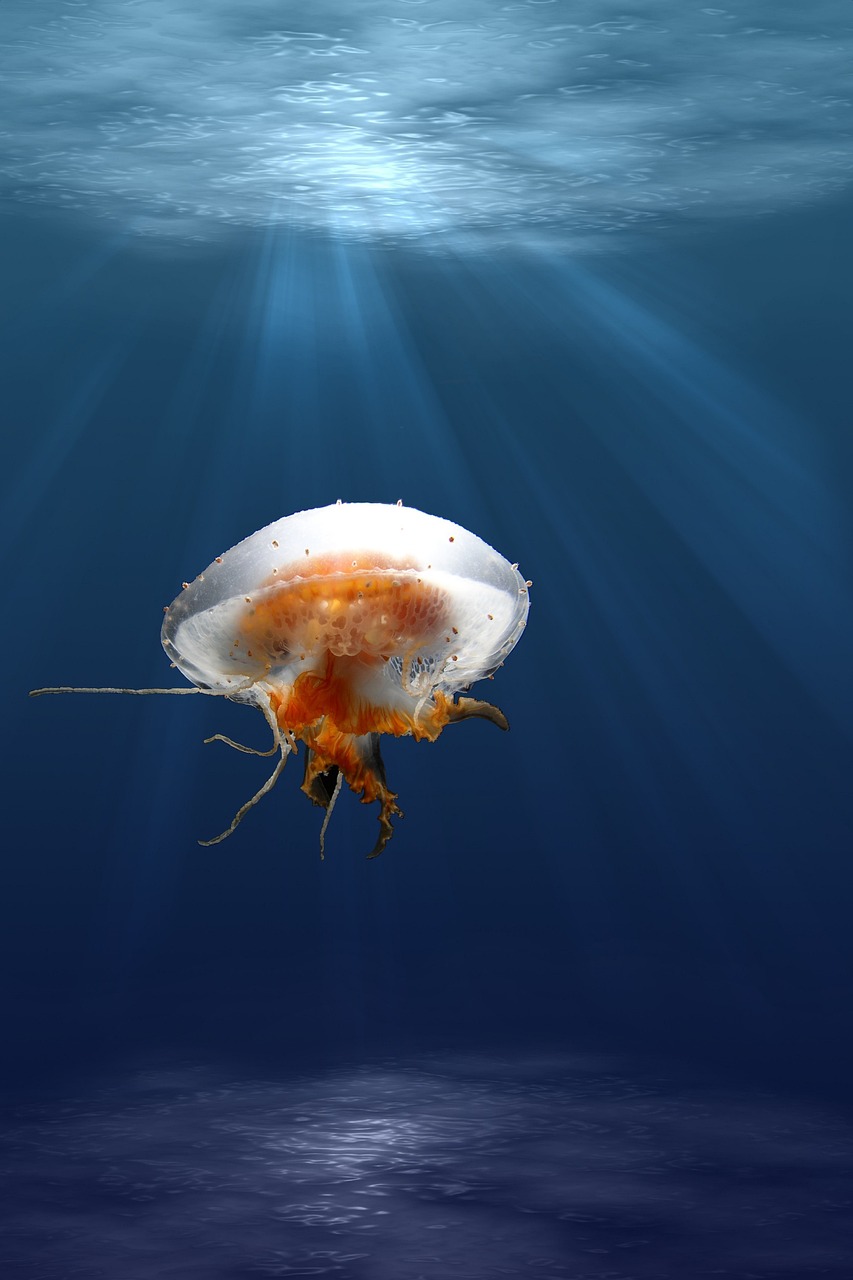
In 2011 Japan experienced the most powerful earthquake followed by tsunami in its history, which left 20,000 dead and 2,500 people missing. As recalled, the phenomenon affected the reactors of the Fukushima Dai-ichi and Fukushima Dai-ni plants, which were automatically disconnected from the grid when the first earthquake occurred and were later damaged by the tsunami, causing a very serious nuclear accident, due to that the cooling systems of three reactors failed and their cores subsequently overheated.
During 2023, just 13 years later, the conditions were in place for the release of 7,800 tons of treated radioactive water to begin, which were dumped into the sea from the damaged Fukushima Daiichi nuclear power plant in the first round of elimination, which began last August 24.
As the volume of processed water, resulting from the cooling of molten nuclear fuel, approached the plant’s storage capacity limit, TEPCO (Tokyo Electric Power Company Holdings), the company that provides services in the Kantō region of Japan, Yamanashi Prefecture and the eastern part of Shizuoka Prefecture, will release approximately a total of 31,200 tons of this water in four rounds during the current year until March 2024.
Although the discharge of treated water is carried out under the supervision of the Japanese government and the International Atomic Energy Agency (IAEA), local fishermen expressed their concerns, as did China – expressing strong opposition to these actions -, although Tritium levels recorded are below prescribed limits.
The first round of evacuation of radioactive water from the Fukushima plant ends
But the Beijing government went further: it imposed a blanket import ban on Japanese seafood in response to the water spill.
This has raised new friction between both countries, which since the beginning of the Covid-19 pandemic have seen a resurgence of tension in the bilateral relationship, which has historically experienced moments of greater tension and difficulty.
During 2023, just 13 years later, the conditions were in place for the dumping of 7,800 tons of treated radioactive water to begin.
However, just days ago China urged Japan to strengthen dialogue and jointly foster a constructive and stable relationship following the reshuffle of Prime Minister Fumio Kishida’s Cabinet, which included the appointment of veteran legislator Yoko Kamikawa as the new Foreign Minister. .
As reported by Kyodo News, Chinese Foreign Ministry spokesperson Mao Ning stated that maintaining a healthy and stable development of bilateral relations “is in the common interest of both countries and the region” and stressed the importance of managing conflicts and differences.
What is tritium?
A relative of hydrogen, it is widely present in rain water, sea water, tap water, in the human body and in nature. It is similar in nature to hydrogen.
The discharge of these treated waters is carried out under the supervision of the Japanese government and the International Atomic Energy Agency (IAEA).
Tritium produces low-energy beta emissions and does not emit any other primary radiation. And even if it enters the body, it does not accumulate and is expelled with water.
In fact, it emits the lowest level of energy by beta radiation of all isotopes (in practice it means that its beta particles are easily stopped by thin layers of any solid material, such as the leaf of a tree). In the case of nuclear power plants, it is used as part of the nuclear fuel, which drives the generation of energy in the plants.
The total level of tritium at the time of discharge of treated water from Fukushima is below 22 billion Bq per year (pre-accident control target), which is lower compared to the amount discharged from many nuclear plants and others. establishments in Japan and abroad.
What is ALPS and how is the Fukushima spilled water treated?
But the truth is that no contaminated material has been dumped, but water sufficiently purified using the “ALPS” method (Advanced Liquid Processing System) until the concentration of radioactive materials other than tritium is below the regulatory standard, and diluted even more before pouring.
It is a pump and filtration method that uses a series of chemical reactions to remove 62 radionuclides from contaminated water.

After dilution, the concentration of tritium was 1/40 of the regulatory standard and 1/7 of the WHO drinking water standard, and the concentration of radioactive materials other than tritium was less than 1/100 of the regulatory standard. .
What does the IAEA say?
On July 4, the IAEA published its Comprehensive Report, which summarizes the results of the review missions from an objective and professional point of view based on scientific evidence.
The result of the radiological environmental impact assessment carried out by the International Atomic Energy Agency (IAEA) in accordance with international guidelines shows that the impact on people and the environment of the treated water is not significant.
In its report, the IAEA has concluded that:
(1) Joint efforts and activities carried out are consistent with relevant international safety standards;
(2) The radiological impact on humans and the environment is not significant; and
(3) The IAEA will continue to carry out reviews and monitoring even after the spill has begun.
Fumio Kishida reaches agreement on Fukushima water at G20 summit
In this framework, the Government of Japan confirmed that it will continue to provide the necessary information to the international community in a transparent manner based on the conclusion of the IAEA Comprehensive Report.
Likewise, the Japanese Executive promised to continue carrying out efforts to achieve greater understanding in the international community about the management of water treated through ALPS.
As for the data demonstrating the safety of ALPS-treated water, it is all available on the TEPCO website.

Co-founder of ReporteAsia.
Source: https://reporteasia.com/destacado/2023/09/16/lo-que-sabemos-vertido-aguas-tratadas-fukushima-sistema-alps/

